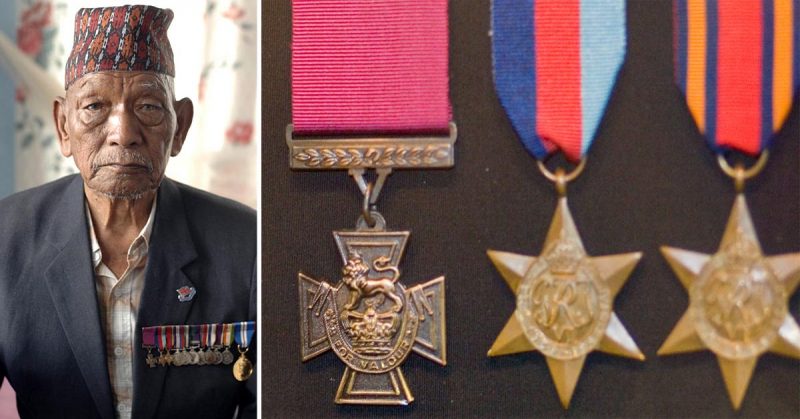Tul Bahadur Pun was a Gurkha who won many awards for his heroism in WWII. He even received the highest honor that the British could give – the Victoria Cross – awarded only to those who showed bravery, self-sacrifice, or extreme devotion in the face of the enemy on Britain’s behalf. Despite this, he was denied entry into the UK because they thought he wasn’t loyal enough.
Pun was born in a Nepali village in either 1919 or 1923 (the records then weren’t accurate). While still a teenager (or possibly 21), he became a Rifleman in the 3rd Battalion of the 6th Gurkha Rifles of the Indian Army where he saw combat during WWII.
That was how he became part of the Second Chindit Campaign. The name comes from the Burmese Chinthay (magical lions) which guard Buddhist temples. The man who made them possible was British Army Brigadier Orde Charles Wingate.
In 1942, Burma was taken by a joint alliance of Japanese and Thai forces, driving the British back into India. Since the Allies wanted to reopen a supply route from India to China, it was necessary to retake north Burma.
To accomplish this, US Army General Joseph Warren Stilwell was ordered into the region with a Chinese force. His mission was to secure the Ledo Road through northern Burma and link it up with the Burma Road.
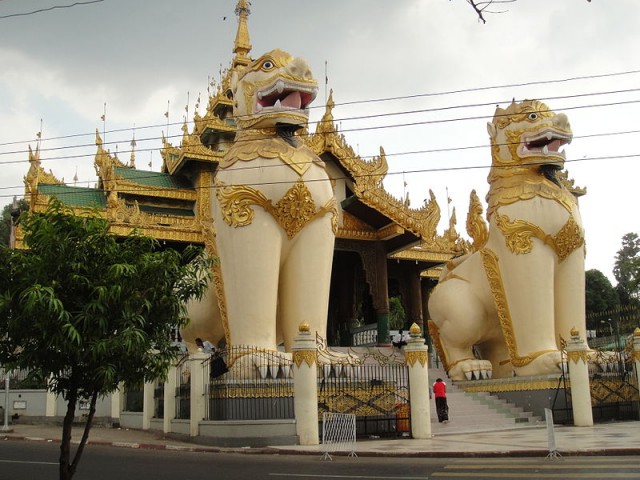
The Chindits were therefore formed out of various military units for three reasons:
- to provide support for Stilwell’s troops,
- to destroy the Japanese communication and supply lines
- to engage in acts of sabotage.
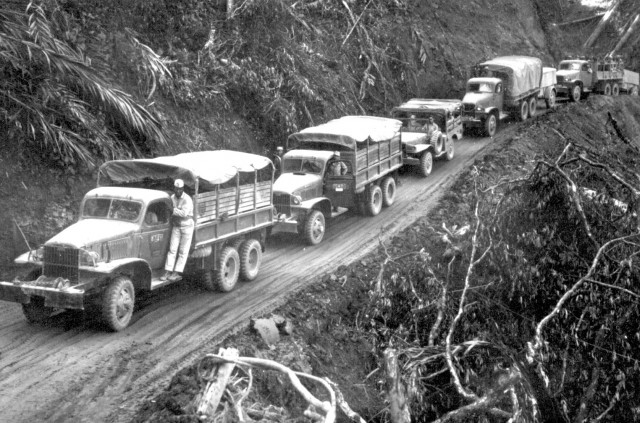
Their official name was the 77th Indian Infantry Brigade. Since they were to engage in covert operations, they entered Burma on foot and were supposed to be supplied through air drops. In reality, they were supplied infrequently so many suffered from malnutrition. Malaria and dysentery were also rife, forcing many to go naked to avoid the bother of having to undress frequently.
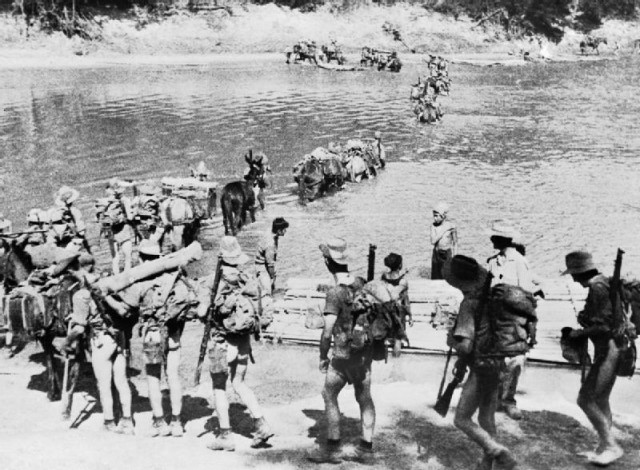
About half were British, while the other half were made up of Gurkhas and Burmese troops. Each carried over 72 pounds of equipment, which was proportionally more than what their mules did. Besides their SMLE rifles, Sten Guns, grenades, ammunition, and machetes, the Gurkhas also carried the hallmark of their order – the kukri.
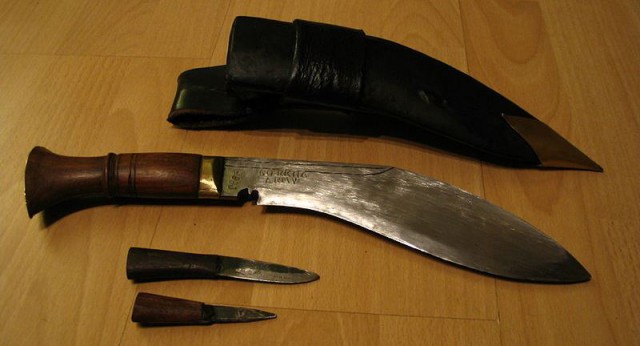
On 24 March 1944, Stilwell took control of the Chindits. Pun’s 6th Gurkha Rifles came under the command of Lieutenant-Colonel James Michael Calvert. They were then ordered to capture the town of Mogaung since it lay along the important Mandalay-Myitkyina railway line.
The brigade marched 160 miles on the Pin Hmi road, arriving at the town’s outskirts on 6 June 1944 – starting the Battle of Mogaung. Besides skirmishes along the way, the timing couldn’t have been worse, as the monsoon season had begun. Even worse, the city was defended by some 4,000 Japanese soldiers.
By June 11, they had captured the Pin Hmi Inn Road Bridge which led to the city. Their next target was a ridge close to Mogaung, which they acquired two days later. The brigade was originally formed with 3,500 men. By the time they reached Mogaung, less than 550 were left. After taking the ridge, however, Stilwell’s troops began arriving to provide support.
Pun earned his Victoria Cross for what he did on June 23. The brigade needed to secure the railway bridge, but couldn’t because of sustained fire from two Japanese bunkers – one from a building called the “Red House” and another some 200 yards away. Company B, under the command of Captain Michael Allmand, was therefore ordered to neutralize them both.
Before sunrise, the company split up into two groups to do just that. But without tanks or aerial support, and already weakened by malnutrition, disease, and exhaustion, most were wiped out.
Pun’s group was assigned to the Red House. As they got closer, sustained fire obliterated most of his team, leaving only Pun, his section commander, and one rifleman. Despite this, the three continued their charge till the commander got shot.
So the two continued their advance till the rifleman fell. Pun grabbed the man’s Bren gun and fired at the Red House as he ran through an obstacle course of ankle-deep mud, fallen debris, and shell holes.
To make things worse, dawn had broken behind him, turning Pun into a highly visible target. Despite continued enemy fire, he kept running at them till the gun jammed.
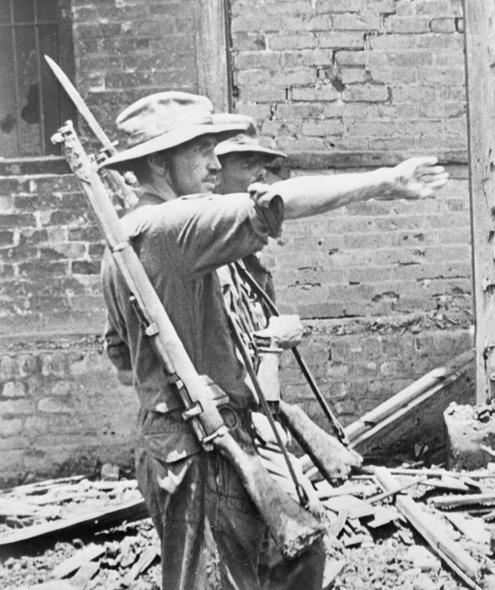
In a later interview, Pun said that though he felt calm, he was determined to avenge his fallen comrades. He therefore refused to die without taking at least one of them with him, regardless of the cost.
When he finally reached the Red House, the firing stopped as a Japanese soldier burst out and ran toward him. The Gurkha pulled out his kukri and killed the man quickly, but another came out and was dispatched just as quickly.
A third came out and gave Pun the fight he’d wanted, but it ended with the kukri buried in Japanese flesh. Pun wanted to kill the rest, but the remaining five had run away.
He then entered the Red House and began providing cover fire for the rest of his platoon. Thanks to him, they managed to secure the railway bridge. The fighting continued throughout the night. The next morning, the Japanese abandoned the town. The brigade stayed till July 5, then marched another 50 miles to be flown to India.
After the war, Pun received other medals and even had tea with Queen Elizabeth, The Queen Mother. Then he returned to Nepal, and in his old age, found himself facing another battle.
Suffering from ill health, Pun applied to resettle in Britain in 2006 to avail of medical treatment. He was refused, however, because he “failed to demonstrate strong ties with the UK.”
It would take a media blitz to get Pun resettled in Britain the following year.
